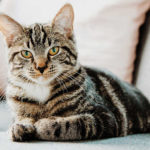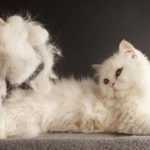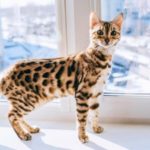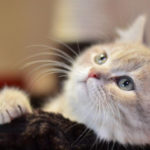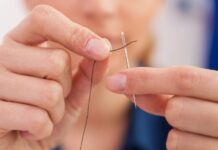The British Shorthair is an adorable breed of cat, but they’re not the easiest to care for. So, make sure you read through this article to gain some knowledge on how to care for this breed!
1. Get to Know the British Shorthair
Origin of the British Shorthair
There are two types of British Shorthair cats: the British Shorthair with short hair and the British Longhair with long hair. The British Shorthair (abbreviated as ALN) is an ancient breed from England. It is a cross between the Egyptian Mau and street cats of England. The British Longhair (abbreviated as ALD) is a cross between the Persian cat and the British Shorthair. This breed also originates from England.
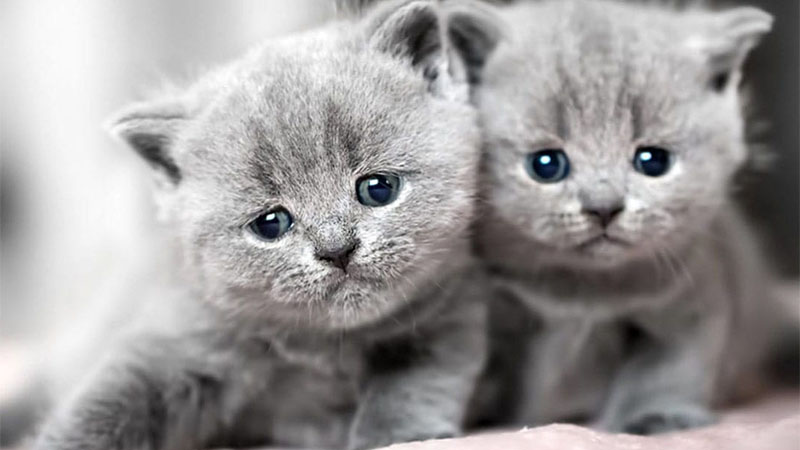 Origin of the British Shorthair
Origin of the British Shorthair
Common British Shorthair Coat Colors
Both the British Longhair and Shorthair have similar coat colors, including black, white, chocolate brown, blue, red, cream, lilac, cinnamon, and fawn. These cats can also have one color, two colors, tortoiseshell, three colors, smoke, or colorpointed patterns, creating a diverse range of appearances.
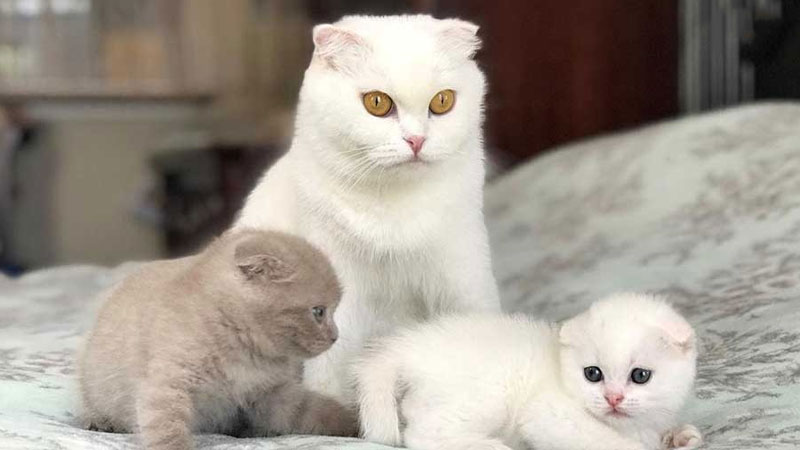 Common British Shorthair Coat Colors
Common British Shorthair Coat Colors
Physical Characteristics of the British Shorthair
British Shorthair
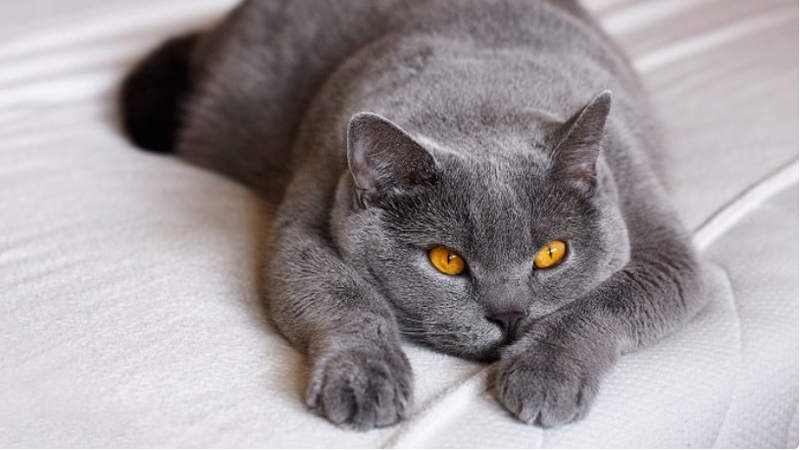 British Shorthair
British Shorthair
Lifespan: The average lifespan of a well-cared-for British Shorthair is 12 years, with some cats living up to 14 or even 20 years.
Physical Appearance: These cats have a stocky build with a dense, short coat that retains heat well. Their coat colors can be quite vibrant, including shades of green and blue.
British Longhair
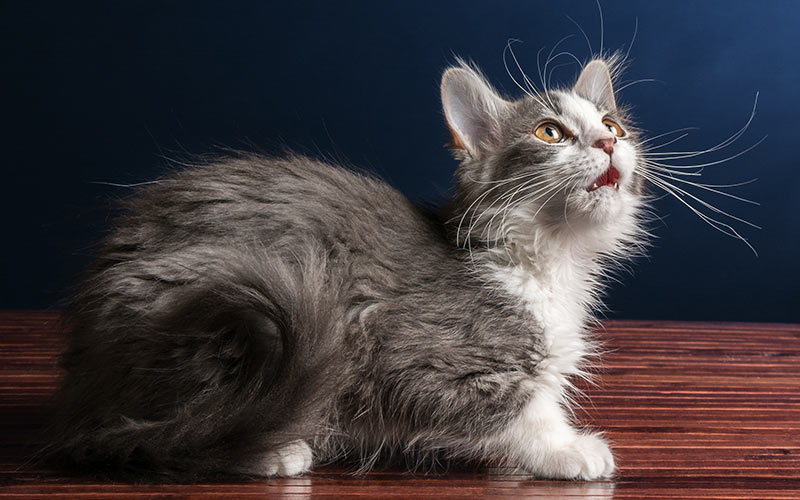 British Longhair
British Longhair
Lifespan: The lifespan of a British Longhair depends on the care it receives. With proper care, these cats can live up to 10-13 years.
Physical Appearance: British Longhairs have a sturdy, rounded body with a long, flowing coat that acts as a warm garment. Their coat colors are diverse and eye-catching, and they seem to wear a different coat every day. Their head is round, with short ears and bright eyes. This breed thrives in cold weather.
Personality: British Longhairs are gentle and calm, although they can be playful at times.
Personality Traits
British Shorthairs are known for their gentle and shy nature, emotional intelligence, and ability to bond with their owners, making them ideal house pets. They love to be petted and crave attention from their owners. This breed is also patient and tolerant, rarely scratching or hissing, making them great companions for children. Additionally, they are easy to train, intelligent, and eager to learn.
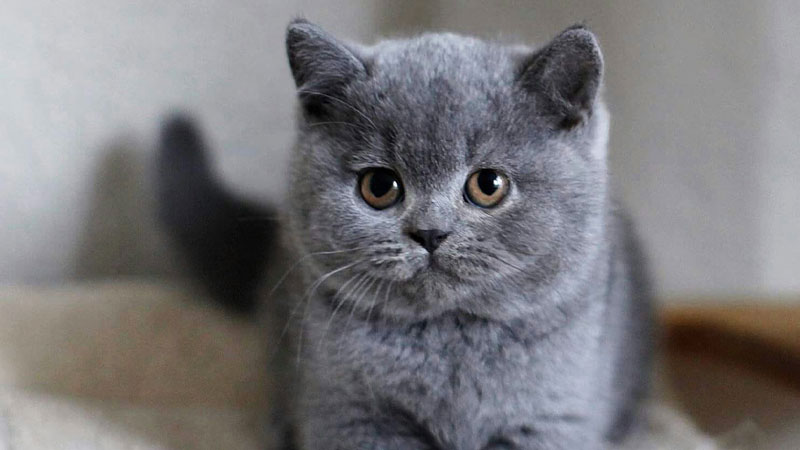 Personality Traits
Personality Traits
2. How to Care for a British Shorthair
Feeding Your British Shorthair
British Shorthairs enjoy a varied diet of fresh and dry food. Depending on your preferences and circumstances, you can offer a mix of these foods to ensure your cat receives all the necessary nutrients. Fresh food options include , , , , and , with cheese and pate being their favorites. When preparing homemade meals, ensure the food is well-cooked, non-fermented, and free from chocolate and cow’s milk, as these can cause digestive issues.
In addition to fresh food, British Shorthairs also enjoy dry food such as seeds and commercially available packaged food.
 Feeding Your British Shorthair
Feeding Your British Shorthair
Grooming and Hygiene for British Shorthairs
- Brush your cat’s coat daily or every other day to remove loose hair and dirt, promoting the growth of new, healthy fur. You can also use olive or coconut oil during brushing to relax your cat and add shine to its coat.
- When brushing, inspect the skin and coat for signs of fleas, ticks, or skin inflammation.
- Bathe your cat 2-3 times a month to keep it clean and smelling fresh, using cat-specific shampoo and ensuring it’s thoroughly dried afterward.
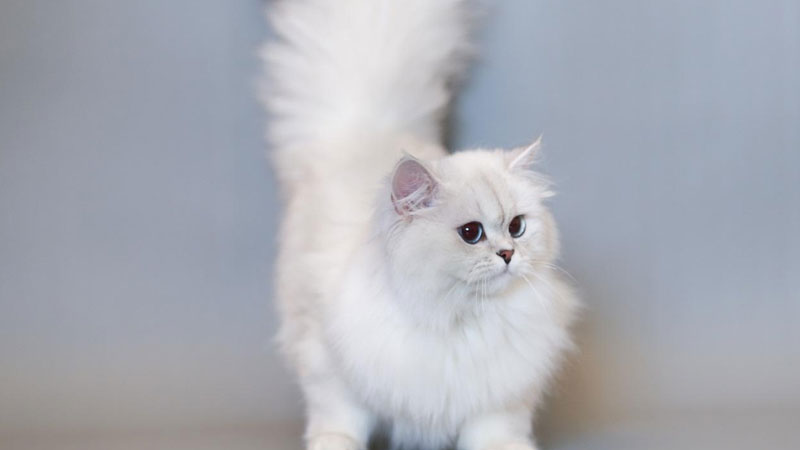 Grooming and Hygiene for British Shorthairs
Grooming and Hygiene for British Shorthairs
- Brush your cat’s teeth at least once a week to maintain good oral hygiene and prevent dental issues.
- Use a damp cloth to wipe around your cat’s eyes daily to remove any discharge and prevent staining of the fur around the eyes.
- Gently clean your cat’s ears with a damp cotton ball to remove any dirt or wax, being careful not to startle your cat or cause injury.
- Trim your cat’s nails every two weeks or as needed to maintain healthy nail length.
- Replace the litter box 3-4 times a week to maintain a pleasant environment for your cat and prevent unpleasant odors.
Common Health Issues in British Shorthairs
British Shorthairs are prone to hyperthyroidism, a common endocrine disorder in cats. It occurs when the thyroid gland in the neck produces an excess of thyroid hormones, leading to the formation of benign tumors. These cats may also experience heart problems, including congenital defects, abnormal heart valves, or blood vessel issues, which can result in cardiomyopathy and potential heart failure. Additionally, they are susceptible to kidney and bladder issues due to stress, decreased urination, infections, bladder stones, or the presence of crystals.
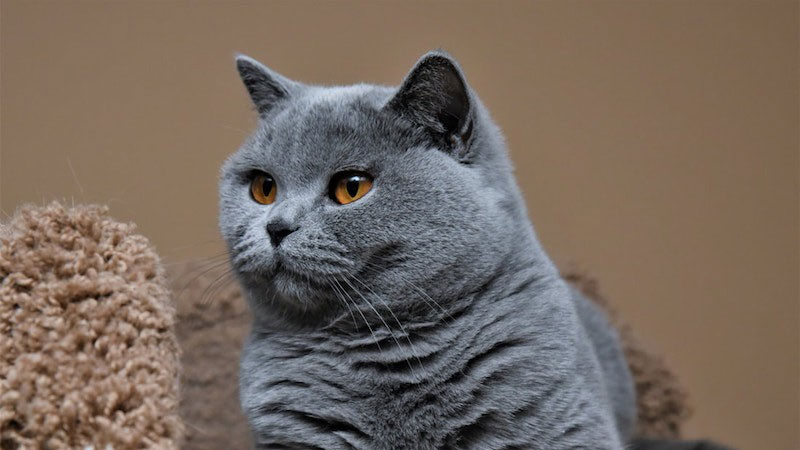 Common Health Issues in British Shorthairs
Common Health Issues in British Shorthairs
Important Considerations When Caring for British Shorthairs
- Provide a well-ventilated and clean living space, especially during hot summers. In colder months, ensure the space is draft-free and warm.
- Use specialized cat litter as British Shorthairs value cleanliness.
- Keep your cat indoors as much as possible to reduce the risk of infectious diseases, accidents, or attacks from stray dogs.
- Schedule regular veterinary check-ups and vaccinations to ensure your cat’s overall well-being.
- Provide clean drinking water and change it frequently.
- Avoid overfeeding to prevent obesity and related health issues.
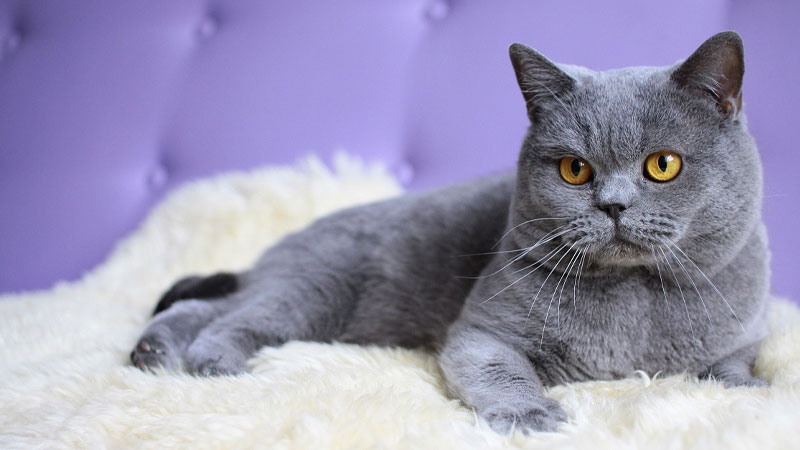 Important Considerations When Caring for British Shorthairs
Important Considerations When Caring for British Shorthairs
3. Tips for Buying a British Shorthair
Price Range of British Shorthairs
The price of a British Shorthair depends on factors such as coat color and import origin. On average, you can expect to pay between $175 and $300 for a mixed-breed British Shorthair. Purebred British Shorthairs typically cost $450 to $550, while imported cats from other countries can range from $600 to $1,200. For a cat imported directly from Europe, Russia, or the US, the price can reach $1,300.
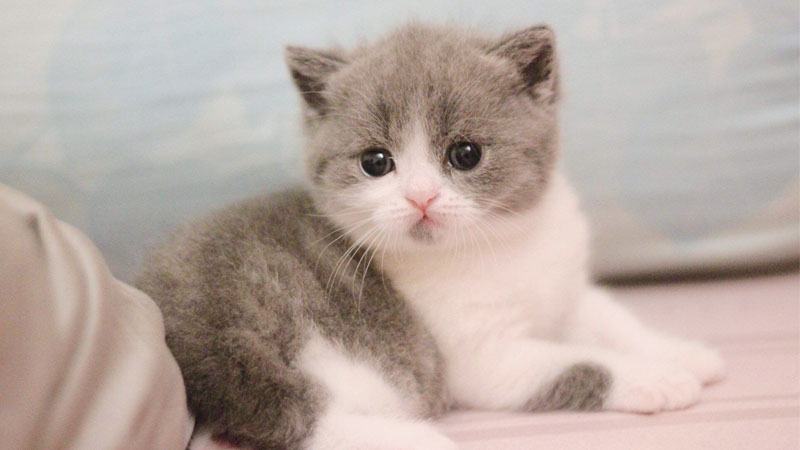 Price Range of British Shorthairs
Price Range of British Shorthairs
Things to Consider Before Buying a British Shorthair
Before purchasing a British Shorthair or any pet, it’s essential to do your research. Here are some key considerations:
- Learn about the breed’s characteristics, including their personality, the differences between purebred and mixed breeds, and whether their needs align with your lifestyle and home environment.
- Pay attention to the cat’s physical and behavioral traits to ensure they have a sturdy build and a gentle temperament.
- Choose a reputable breeder or adoption center to avoid scams and ensure the cat’s health and well-being.
We hope this guide has provided you with valuable insights on caring for and purchasing a British Shorthair cat!
Is Cat Hair Loss Normal? Understanding and Treating Your Cat’s Hair Loss
“Pet owners often worry when they see their beloved feline friends shedding hair. It’s a common concern, and many wonder about the cause. So, today, we will shed some light on this very topic and explain why cats shed their fur! Stay tuned as we unravel the mystery behind your cat’s shedding habits.”
The Bengal Cat: Unveiling the Unique Traits, Care Guide, and Pricing of the Bengal Cat
The Bengal cat is undoubtedly one of the most stunning and expensive cat breeds in the world today. With their exotic looks and captivating presence, these felines have captivated cat enthusiasts and breeders alike. But what exactly is a Bengal cat? Join us as we explore the origins, unique characteristics, and specific care requirements of this extraordinary breed.
The Ultimate Guide to Choosing the Perfect Cat Grooming Comb for Your Feline’s Coat
The Scottish Fold: A Comprehensive Guide to its Origins, Characteristics, Care and Pricing
The Scottish Fold, or simply the ‘Fold’, is an adorable breed of cat with a unique biological trait; its ears fold forward and downward, giving it a distinctive and charming appearance. This breed originated in Scotland and has since captured the hearts of cat lovers worldwide. With their sweet faces and affectionate nature, it’s no wonder that people are eager to learn more about their history, care, and availability. This introduction aims to provide a glimpse into the world of the Scottish Fold, offering insight into their origins, the specific care they require, and the process of welcoming one of these captivating cats into your home.

























